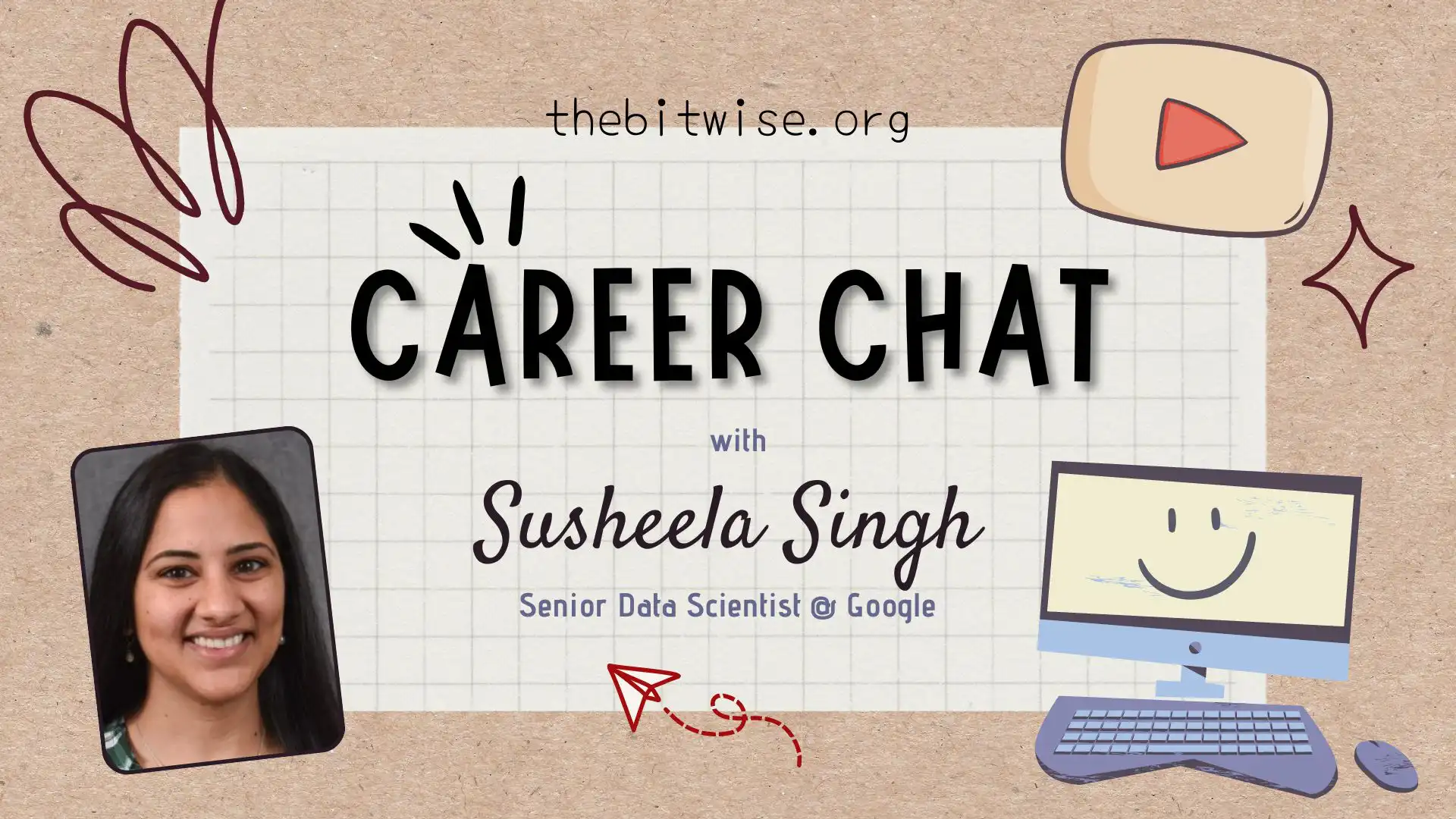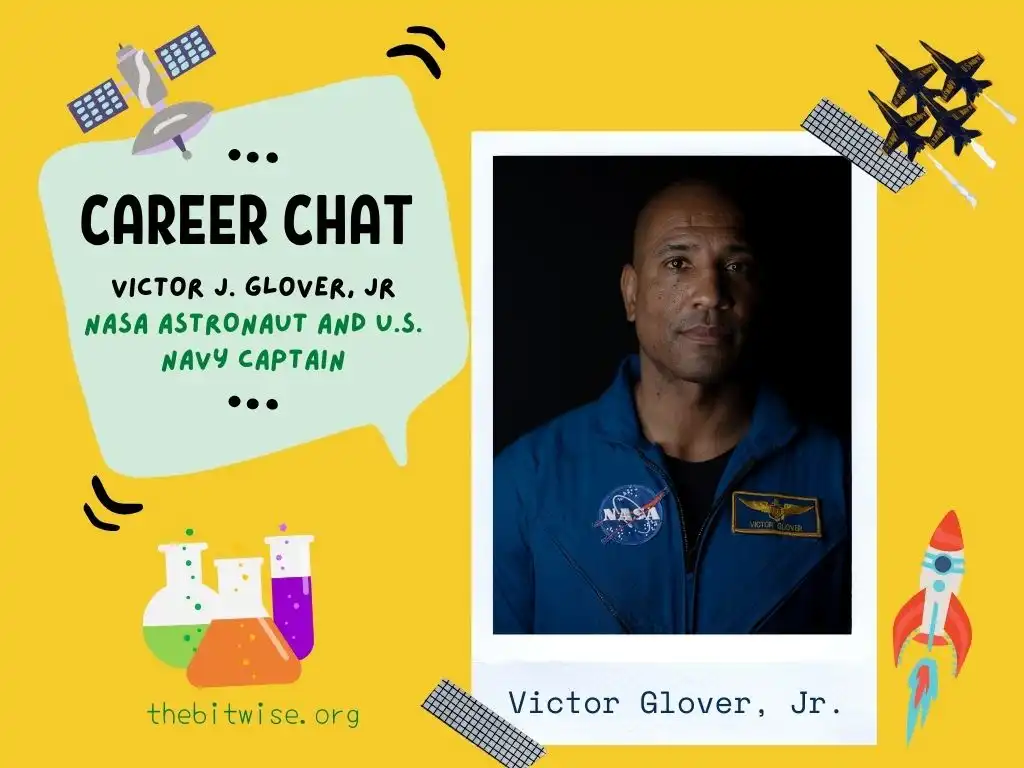
Career Chat Featuring Astronaut Victor Glover
This is the first post in a new Career Chat series featuring interviews with mathematicians, statisticians, data scientists, and people who work with math, statistics, and data. Although I originally envisioned that the series would only feature interviews, this first post is actually based on a plenary talk given at the 2022 UCLA Curtis Center Conference on Mathematics and Teaching this past weekend. The first post in this series is a career chat featuring Victor Glover, Captain in the U.S. Navy and NASA Astronaut! He gave such an inspiring talk that I thought it would be very fitting to begin the series with his story.
Victor J. Glover, Jr.
Victor Glover, Jr. received the call to join NASA’s astronaut candidate training in 2013 while he was working as a Legislative Fellow in the U.S. Senate under John McCain. He completed Astronaut Candidate Training in 2015 and then went on to be pilot and second-in-command on the Crew-1 SpaceX Crew Dragon between November 2020 and May 2021. This mission involved over 5 months on the International Space Station (ISS) and also made him the first African American astronaut to live on the ISS during a long mission.
Prior to joining NASA, Victor acquired extensive experience in the U.S. Navy. His experience is evidenced by over 3,000 flight hours on over 40 different aircraft, over 24 combat missions, and a number of military awards including a Navy Commendation Medal. Having always valued formal education as an additional means of growth and learning, Victor also completed certificates and degrees during his off-duty hours. These include three master degrees, two of which are in engineering.
Editorial Note
I’ve written the rest of this career chat featuring Victor Glover from his perspective to recreate the experience of hearing him share his thoughts and experiences. I’ve also tried to use his words whenever possible but since I did not record the talk, I’ve recreated the dialogue from my notes and memory. The content here comes from both his talk and the Q&A that followed.
Career chat featuring Victor Glover
Dreaming of Space

The dream (of becoming an astronaut) probably began when I was about 10 years old and saw a shuttle launch on TV. I didn’t know any engineers, pilots, or astronauts but I had some really great teachers and I wouldn’t be where I am today without them. My elementary school teacher, Mr. Robinson, told me that I could be an engineer some day. I didn’t know what an engineer was back then because no one in my family had gone to college. That’s why it’s so vital for teachers to have high standards. His belief in me was beyond my understanding.
Empowered by Athletic Experiences
I went to college on a wrestling scholarship at California Polytechnic State University in San Luis Obispo but I wasn’t thinking about academics. You see, I was more confident about playing sports in college than I was academically.
One thing that I learned from sports is that whether you win or lose on Friday or Saturday, on Monday, you practice. If you win on Friday, you practice on Monday. If you lose on Friday, you also practice on Monday. At the end of the season, even if you win the championship and you’re at the top of the mountain, you have to climb down the mountain to climb up another mountain.
Sports also directly impacted my decision to join the Navy. I definitely was looking to work in small teams on challenging problems together.
Basics of Astronaut Training
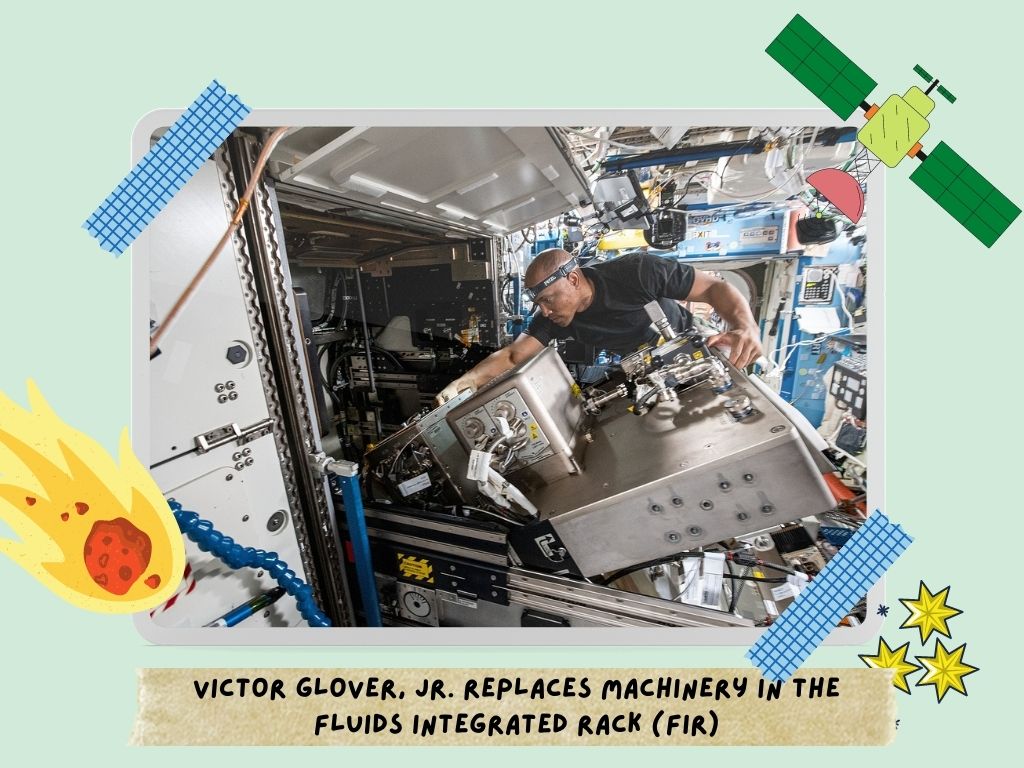
What’s it like to be in astronaut candidate training? There are five basics of astronaut training. You learn to speak Russian. We can all speak the equivalent of four years in college and one summer abroad. You learn national space station systems. There are no repairmen up there so you have to learn how to fix everything on the space station. You learn how to fly a robotic arm. This is like a mix of HTML programming and flying. You learn to space walk, and you learn teamwork. Space flight is the greatest team sport on and off the planet.
Living on the Space Station
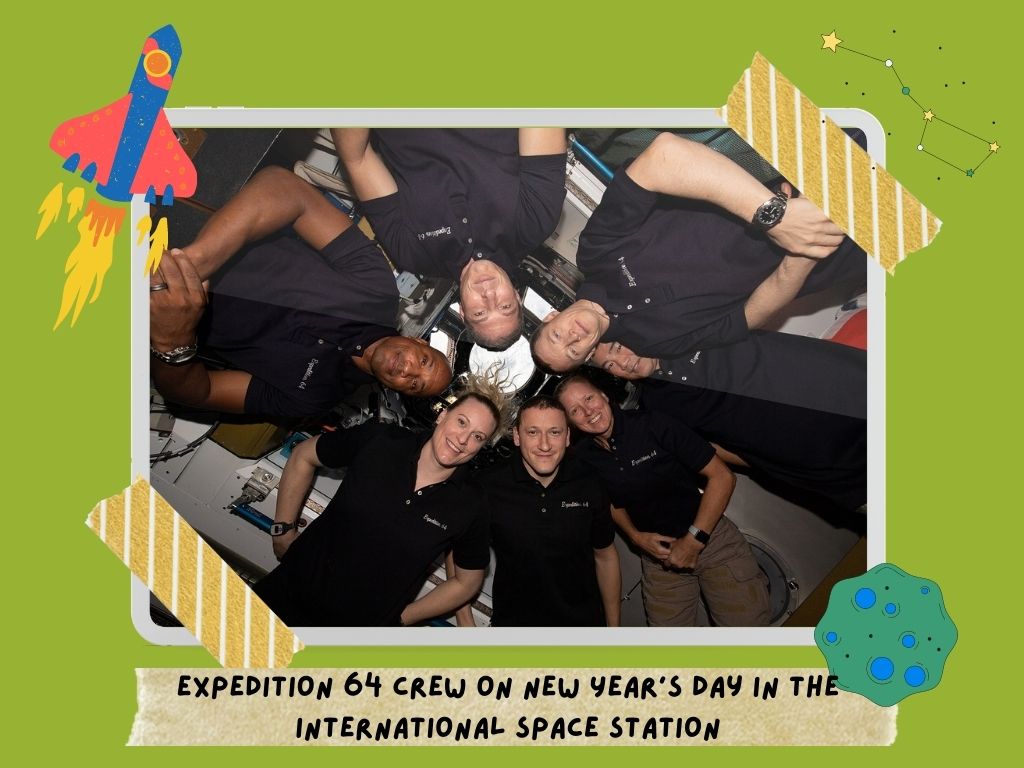
We worked really hard. That was one constant. Between space walking, science, maintenance, every day was busy. There was no standard day. We were really busy but we also worked really hard to just spend time together.
Exercising in space is so much fun. Your joints and muscles, cells are all unloaded. I recovered a lot faster. Working out is important in space because you’re not bearing weight so you can lose bone density.
I was on the ISS from November 2020 to May 2021. We celebrated all the holidays for every member of the crew. The thing I miss most about (being in space) is being there with all the crew.
Developing a Growth Mindset
It started at home with my parents and their desire for me to move beyond my current (life circumstances). I grew up financially challenged in Pomona, California so I already had a sense of grit. But education was really import to my parents and they worked together to help me get an education to have options.
Another thing that really helped was that I was allowed and encouraged to fail. This gave me the mindset that even when I failed, I got better. So I wasn’t afraid of trying and failing. I sold books one semester in college and I’m a terrible salesman but I learned a lot about myself selling books door to door. You need to have a team that supports you and tells you to go back outside and do it again.
On the Purpose of Education
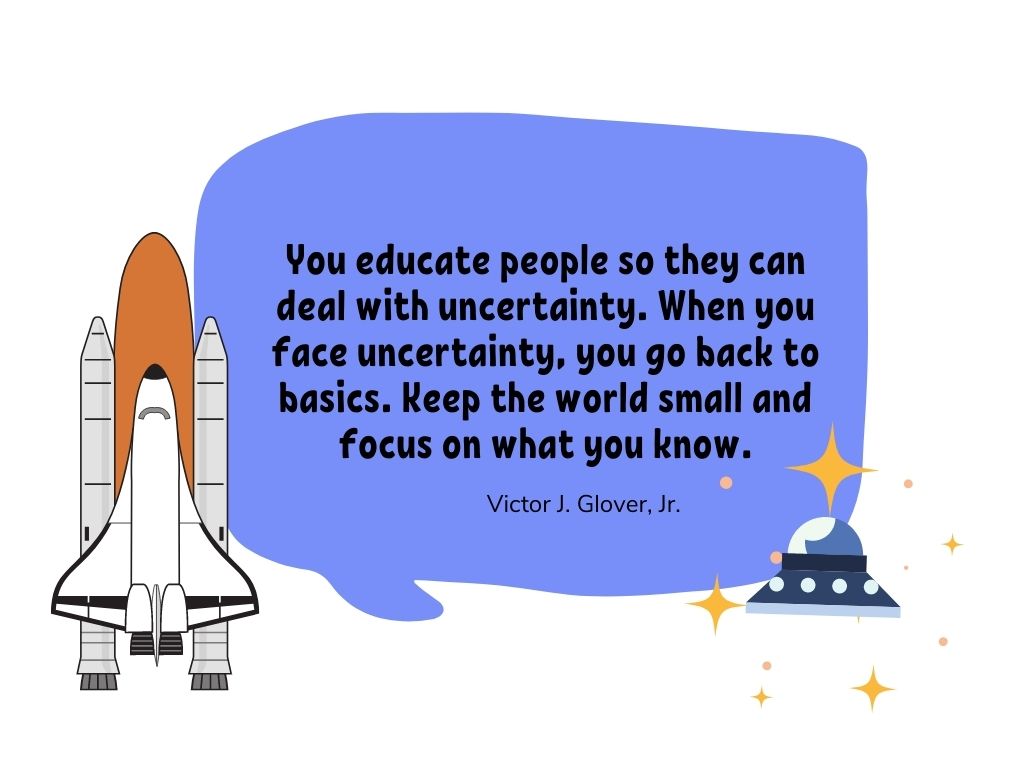
You educate people so they can deal with uncertainty. When you face uncertainty, you go back to basics. Keep the world small and focus on what you know. When I stepped out on my first space walk, I focused on where my hands were on the rails because I wasn’t sure how my brain would react to seeing Earth so small and far away. The rails feel the same (as in they do in training) even though the circumstance was different on the space station.
Overcoming Obstacles

Anything we practice, we get better at. This is why you go to school, or go to the gym, or run on the track. Resistance is a part of getting stronger. We train and we get better at those things.
You fly an aircraft to get used to flying in a pressurized environment. You have to make that first step. I was very lucky that I had people that I trusted and listened to. When I signed up to start flight training, I wanted to know how much pilots thought about crashing. I found someone that I felt comfortable asking this and hearing his answer made me feel a little more comfortable about it.
Be resilient. It’s not just about going through those challenging things, but growing. Anything that challenges us makes us better.
On Teamwork
Sometimes I get asked about the overview effect, about what it’s like to see Earth from space. It’s only special because of the “sea level effect,” because of the shared experience we have on Earth. The planet needs us to protect it. We need to protect each other.
Life is a team sport. I didn’t get here on my own. That’s why I end talks on a slide showing all the faces that helped me get here. If any of them were taken out of that picture, I wouldn’t be here.
Advice to Students
Be connected to something that’s bigger than yourself and be of service to others. It’s a great way to figure out what you want to be.
Lots of students don’t know what they want to do when they grow up. I say focus on three things: being resilient, being a lifelong learner, and being a good teammate.
Be resilient because your dreams don’t live in your comfort zone. You have to be comfortable with being uncomfortable.
Being a lifelong learner is about learning in and out of the classroom. You have to synthesize what you learn into what’s in your hand, your head, and in your heart.
Be a good teammate because we all share this one spaceship, Earth. Be connected to something that’s bigger than yourself and be of service to others. It’s a great way to figure out what you want to be.
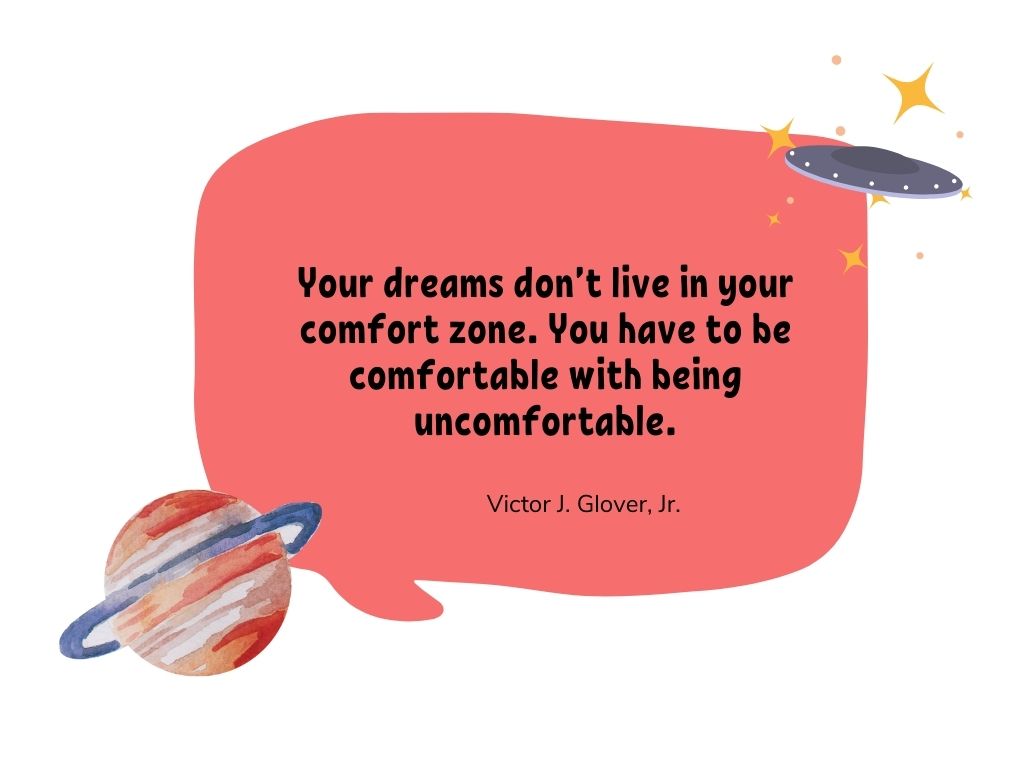
(Photo credits from career chat featuring Victor Glover: Featured photo by Christopher Michel via Creative Commons Attribution-Share Alike 4.0 International License, Victor Glover repairing ISS machinery via NASA public domain, Expedition 64 Crew photo via NASA public domain.)

